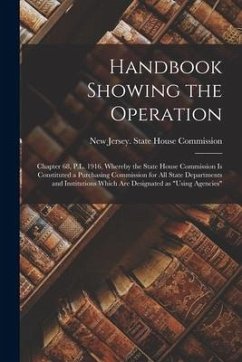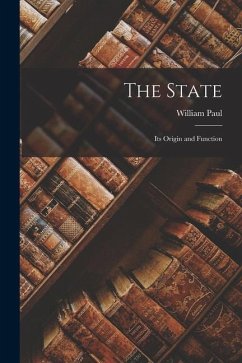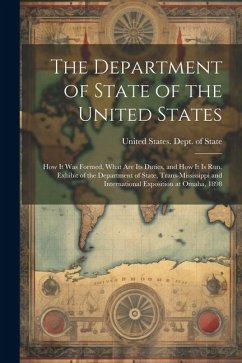
Senates and Upper Chambers, Their Use and Function in the Modern State, With a Chapter on the Reform of the House of Lords
Versandkostenfrei!
Versandfertig in über 4 Wochen
24,99 €
inkl. MwSt.

PAYBACK Punkte
12 °P sammeln!
"Senates and Upper Chambers" explores the role and function of senates and upper legislative houses in modern governance. Harold William Vazeille Temperley examines the historical and contemporary significance of these bodies, providing insights into their structure, powers, and contributions to the political process. The book includes a specific chapter dedicated to the reform of the House of Lords, offering a detailed analysis of its composition and potential improvements. This study is a valuable resource for understanding the complexities of bicameralism and the ongoing debates surrounding...
"Senates and Upper Chambers" explores the role and function of senates and upper legislative houses in modern governance. Harold William Vazeille Temperley examines the historical and contemporary significance of these bodies, providing insights into their structure, powers, and contributions to the political process. The book includes a specific chapter dedicated to the reform of the House of Lords, offering a detailed analysis of its composition and potential improvements. This study is a valuable resource for understanding the complexities of bicameralism and the ongoing debates surrounding the composition and efficacy of upper legislative chambers. Originally published in 1910, this work provides historical context for contemporary political discussions. This work has been selected by scholars as being culturally important, and is part of the knowledge base of civilization as we know it. This work was reproduced from the original artifact, and remains as true to the original work as possible. Therefore, you will see the original copyright references, library stamps (as most of these works have been housed in our most important libraries around the world), and other notations in the work. This work is in the public domain in the United States of America, and possibly other nations. Within the United States, you may freely copy and distribute this work, as no entity (individual or corporate) has a copyright on the body of the work. As a reproduction of a historical artifact, this work may contain missing or blurred pages, poor pictures, errant marks, etc. Scholars believe, and we concur, that this work is important enough to be preserved, reproduced, and made generally available to the public. We appreciate your support of the preservation process, and thank you for being an important part of keeping this knowledge alive and relevant.



![A Manual of Parliamentary Practice [microform]: With an Appendix, Containing the Rules of the Legislative Council and House of Assembly of Upper Canad Cover A Manual of Parliamentary Practice [microform]: With an Appendix, Containing the Rules of the Legislative Council and House of Assembly of Upper Canad](https://bilder.buecher.de/produkte/66/66186/66186246n.jpg)
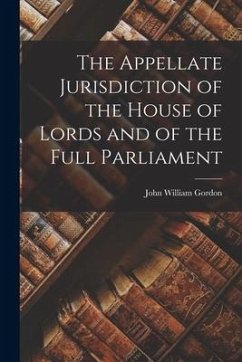
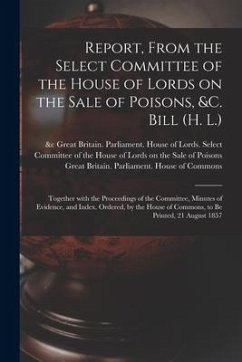
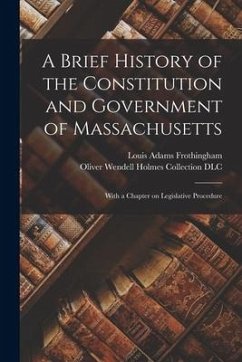
![Address of the Constitutional Reform Association to the People of Upper Canada [microform] Cover Address of the Constitutional Reform Association to the People of Upper Canada [microform]](https://bilder.buecher.de/produkte/65/65577/65577885n.jpg)
